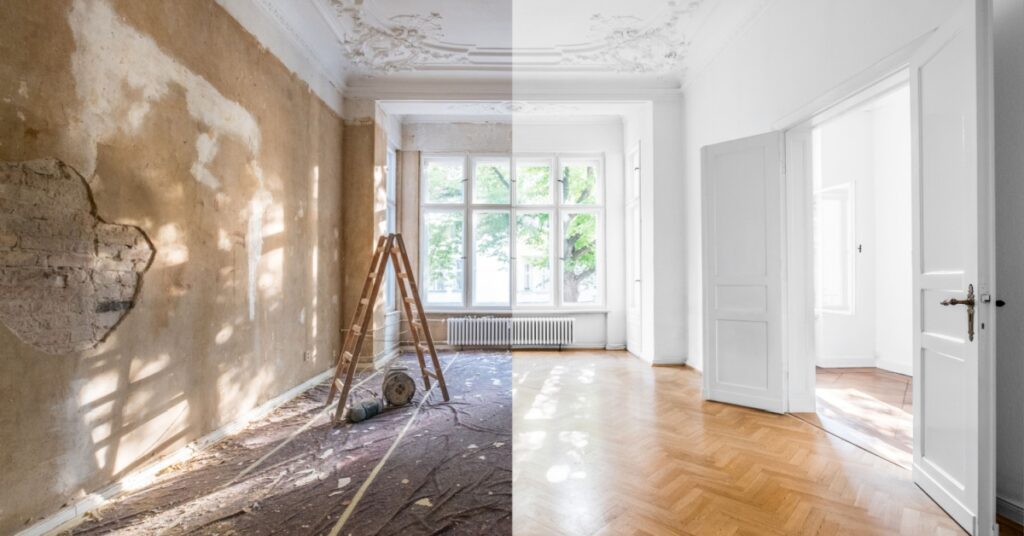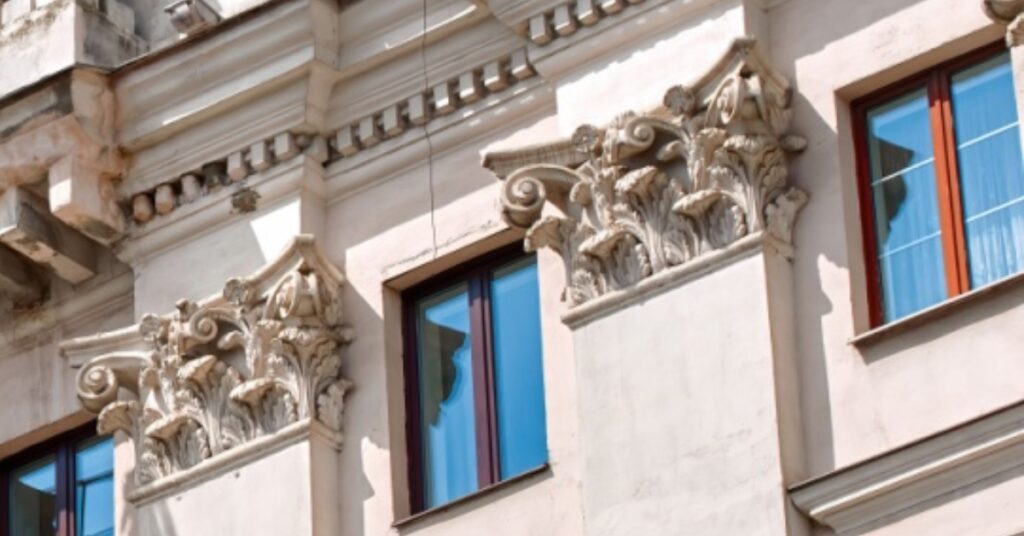Historic Home Restoration Painting: Period-Accurate Color Schemes and More
Historic homes symbolize our rich cultural heritage, often cherished by homeowners passionate about preserving their unique history. As a homeowner of a historic home, you may have encountered the challenge of painting your home. Painting a landmark home requires a lot of research, planning, and expertise to maintain the home’s original look.
This Historic Home Restoration guide provides an in-depth guide on restoring the paint of your historic home, focusing on period-accurate color schemes.
Researching and Selecting Authentic Historic Colors
Before you start painting your historic home, it is essential to research and select accurate historic colors. Researching historic colors can be daunting, but it is crucial to preserving your home’s historic integrity. You can start by visiting your local library or historical society to access resources that provide information on the original colors of homes built during your home’s era.
Additionally, some paint manufacturers have historical color collections that you can use as a starting point.
Matching Paint Color to Architectural Style and Era
Matching paint colors to your home’s architectural style and era is another critical aspect of restoring its paint. Different architectural styles and eras have unique color schemes that you should consider when selecting paint colors.
For example, Victorian homes typically have bright and bold colors, while colonial homes have muted colors.
Consulting With Painting Experts Such as Carolina Blue Painting
Consulting with painting experts such as Carolina Blue Painting can help you select period-accurate color schemes for your historic home restoration.
Carolina Blue Painting is a team of experts who can help you with historic home restoration painting. The painting team has the knowledge and expertise to help you select the right paint colors to match your home’s era and architectural style.
Preservation of Original Paint Finishes
Preserving your historic home’s original paint finishes is vital in maintaining its historic integrity. Identifying and preserving original paint layers is a crucial step in this process.
Preserving original paint finishes involves stabilizing and repairing damaged paint surfaces, including patching cracks and other damage.
Restoration of Decorative Painting Techniques
Decorative painting techniques such as stenciling, gilding, marbling, and graining effects were popular during different eras. Historic home restoration of these techniques involves recreating historic stenciling and border designs, restoring gilding, marbling, and graining effects, and preserving and enhancing original faux finishes.
Preserving the Past: The Art and Science of Plaster Repair and Preparation
Few historic preservation and historic home restoration tasks are as delicate yet essential as assessing and repairing historic plaster walls. These architectural treasures, often found in homes with rich histories and unique character, require meticulous attention and care before they can be adorned with fresh coats of paint.
From stabilizing fragile surfaces to patching cracks and damage, preparing plaster walls for painting is a labor of love that requires both expertise and precision.

Assessing the Integrity of Historic Plaster Walls
Before any painting can commence, a thorough assessment of the condition of historic plaster walls is paramount. Years of wear and tear, along with the natural settling of older structures, can leave these walls vulnerable to cracks, chips, and other forms of damage. Identifying areas of weakness and instability is essential to ensure they are adequately addressed before painting.
Repairing and Stabilizing Historic Plaster
Once the assessment is complete, repairing and stabilizing historic plaster can begin. This often involves carefully injecting adhesive compounds into cracks and voids to strengthen the structure and prevent further deterioration. Skilled craftsmen may also use traditional plastering techniques to fill in larger areas of damage, ensuring a seamless and durable surface for painting.
Preparing Plaster Surfaces for Painting
Preparing plaster surfaces for painting is a meticulous process that requires attention to detail. Any loose or flaking paint must be carefully removed, and the surface must be thoroughly cleaned and dried to ensure proper adhesion of the new paint. This step is crucial for achieving a smooth and long-lasting finish that enhances the beauty of the plaster walls.
Lead Paint Safety and Abatement: Protecting Both People and History
In homes built before 1978, lead paint poses a significant health hazard, especially for young children and pregnant women. Safe removal and abatement of lead paint are essential steps in maintaining a healthy environment for occupants while preserving the home’s historic integrity.
Compliance with historic preservation lead paint regulations is a legal and moral imperative in safeguarding people and history.
Exterior Historic Paint Restoration: Reviving the Grandeur of the Past
As interior plaster walls require careful attention and restoration, so do historic homes’ exterior surfaces. Exterior historic paint restoration encompasses a range of tasks, including repairing and restoring historic wood siding and trim, preparing and painting historic masonry surfaces, and preserving historic metal finishes and patina.
These steps are essential for restoring the home’s exterior to its original splendor while protecting it from the elements for years.
Embracing Sustainable and Reversible Painting Practices
In an age of increasing environmental awareness, sustainable painting practices are more critical than ever. Using environmentally friendly and low-VOC (volatile organic compound) paint products helps preserve the environment and promotes healthier indoor air quality for occupants.
Additionally, reversible painting techniques ensure that future restoration efforts can be undertaken with minimal impact on the historic building fabric and materials.
Historic Paint Color Consultation: Preserving the Authenticity of the Past
Choosing the right paint colors for a historic home requires careful consideration and expertise. Carolina Blue Painting offers color consultation services specifically customized to the needs of historic homeowners. The experienced consultants can help you select paint colors that enhance your home’s beauty and honor its architectural heritage and historical significance.
Consulting with painting experts such as Carolina Blue Painting can help you achieve your restoration goals and preserve your home’s unique history for future generations.
Contact Carolina Blue Painting today for a consultation.

